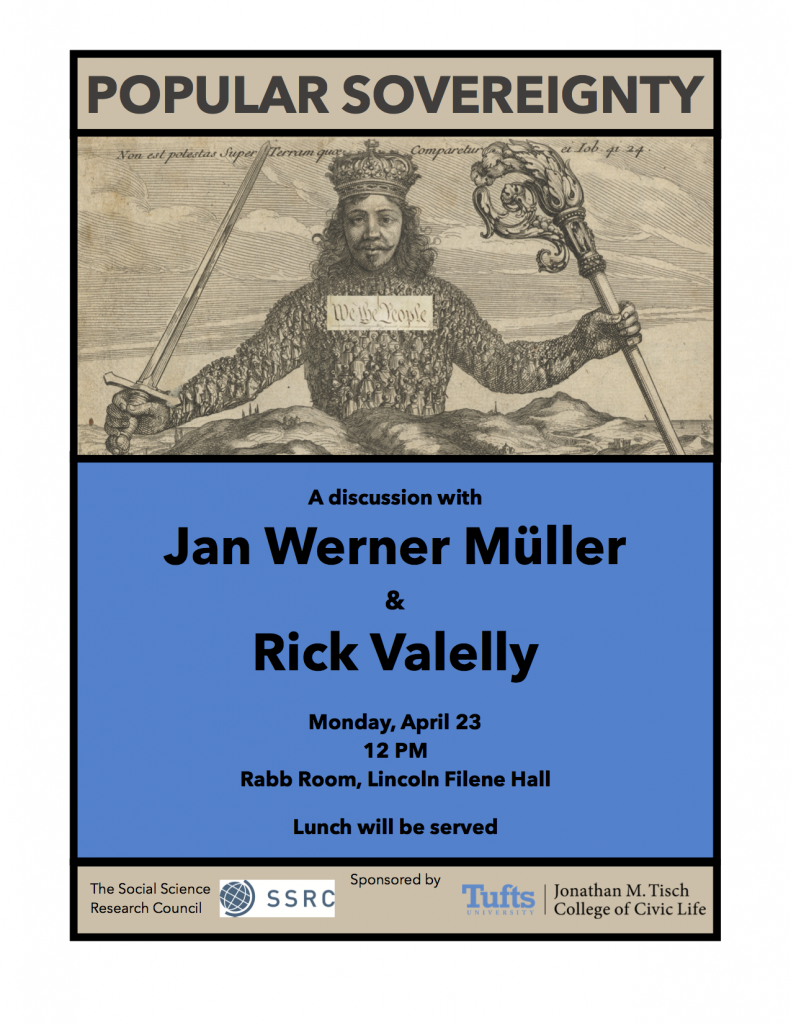About $3 billion was contributed to influence 2016 federal campaigns. In a new paper entitled “Building Civic Capacity in an Era of Democratic Crisis,” Hollie Russon-Gilman and K. Sabeel Rahman suggest a much better way to spend some of that money.
I realize, by the way, that political donors want candidates to notice their support. It would nevertheless make all the difference if they gave one percent of their $3 billion to activities that strengthen democracy–compensating for irradiating the body politic with polarizing and demoralizing messages. Progressive donors would also build the base for more progressive policy by investing for the longer term.
Russon-Gilman and Rahman argue “that today’s populist moment emphasizes the need to create a genuinely responsive, participatory form of democratic politics in which communities are empowered, rather than alienated.” They advocate investments that “self-consciously strive to build constituencies and identities that are more inclusive and accommodating. Think of this as ‘us’ populism, as opposed to ‘them’ populism.”
That basic stance supports two strategies:
- More investment in community organizing, especially the types that build “new bridges across racial, gender, and geographic divides.” Russon-Gilman and Rahman advocate broad-based, long-term organizing instead of mobilizing people around specific issues.
- “Reforming our institutions of governance” so that agencies offer citizens more “hooks and levers” to influence power, and so that public sector workers have skills and incentives to engage the public better.
These strategies imply (as the authors note) a broad understanding of democracy. It is not all about elections, nor even about the official government. It’s about how people come together and exercise power.
The paper offers valuable case studies. For instance, under the heading of organizing:
- “The Center for Rural Strategies (CRS) … based in Whitesburg, Ky. in the central Appalachian coalfields, provides rural communities and nonprofit organizations with resources on innovative media and communications strategies in order to strengthen their work.” CRS provides information, challenges stereotypes about its communities, and lobbies for better access to the physical infrastructure for communications, because both content and conduit matter. (See “Building Democracy in ‘Trump Country’” by Ben Fink for a similar case.)
- “Coworker.org (Coworker) is a digital platform for workers’ voices founded in response to the decline of formal institutions organizing workers and geared towards building a twenty-first century model of worker power. The organization provides tools directly to workers to self-advocate within the workplace, usually where no labor structure or organizing already exists.” Like CRS, Coworker invests in people who develop as leaders.
Examples under the heading of institutions include:
- “The Office of Community Wealth Building (OCWB) was established as a permanent city agency in Richmond, Va., in 2015 to provide anti-poverty strategy and policy advice to the mayor and to implement municipal poverty reduction initiatives and systemic changes around housing, education, and economic development.”
- “The Public Engagement Unit (PEU) is a division in New York’s city government started in 2015 [is] devoted to knocking on doors and making calls to hard-to-reach constituents to enroll them in city services, as well as foster long-term individual relationships with city staff.”
Overall, “Building Civic Capacity in an Era of Democratic Crisis” helps make the case for investments that are less short-term, less oriented to immediate efficiency, less split between government and civil society, but more experimental, more open-ended, and more truly inclusive than we normally see (especially, I would say, on the left).
See also: why the white working class must organize; to beat Trump, invest in organizing; fighting Trump’s populism with pluralist populism; and community organizing between Athens and Jerusalem.

